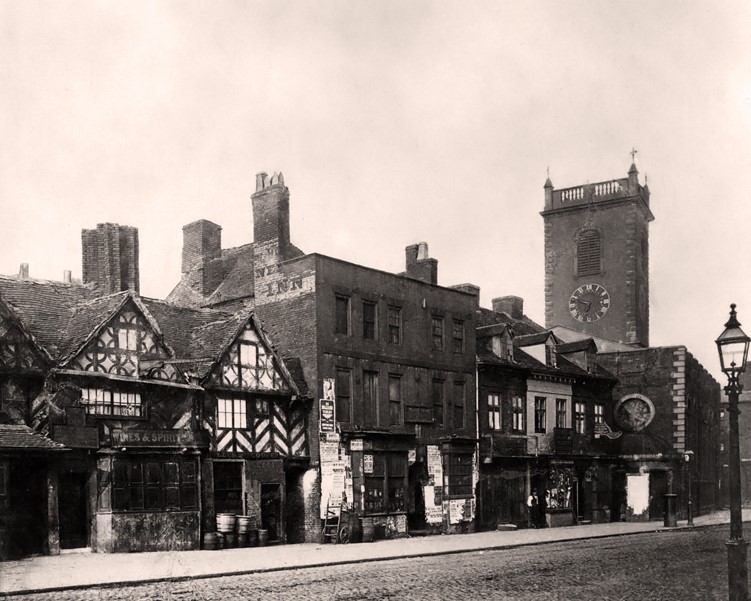

The Architectural Heritage Fund (AHF) is excited to announce that it has awarded Birmingham Conservation Trust a Project Viability Grant to further explore plans to bring the Grade II-listed Golden Lion back to life as a useful resource for the community. This was one of 11 awards made at the latest grants meeting, where projects across England and Scotland were awarded funding totalling £88,788.
Dating from the 16th century, the Golden Lion is a two-storey, timber-framed building that was originally built as a guildhall in the city centre. It was in use as a public house until 1911, when it was saved from demolition by the Birmingham Archaeological Society and relocated to the Grade II*-listed Cannon Hill Park to be used as a cricket pavilion and refreshment room. The building, which has been empty and unused for the last twenty years, is in need of repair and is currently surrounded by scaffolding. It is a rare survival of a late-medieval building from the city centre and a pioneering example of architectural conservation practice.

Image: Historic photograph of the Golden Lion in its original location.
Birmingham Conservation Trust’s mission is to preserve and enhance Birmingham’s threatened architectural heritage, as well as to promote an enjoyment and understanding of the city’s historic buildings.
The Trust hopes to restore the Golden Lion and is currently seeking to undertake viability work to determine a sustainable new use for the building. Although the final use has yet to be decided, the emphasis will be on creating a flexible community space supporting heritage learning, cultural activities and health and wellbeing activities.
The AHF grant will fund viability work for the project, including business planning, community engagement and fundraising support, to help ensure that the Trust’s plans are deliverable and sustainable. This grant is made possible by the Historic Assets into Community Ownership programme, funded by Historic England and the Pilgrim Trust, with additional support from the West Midlands Combined Authority.



